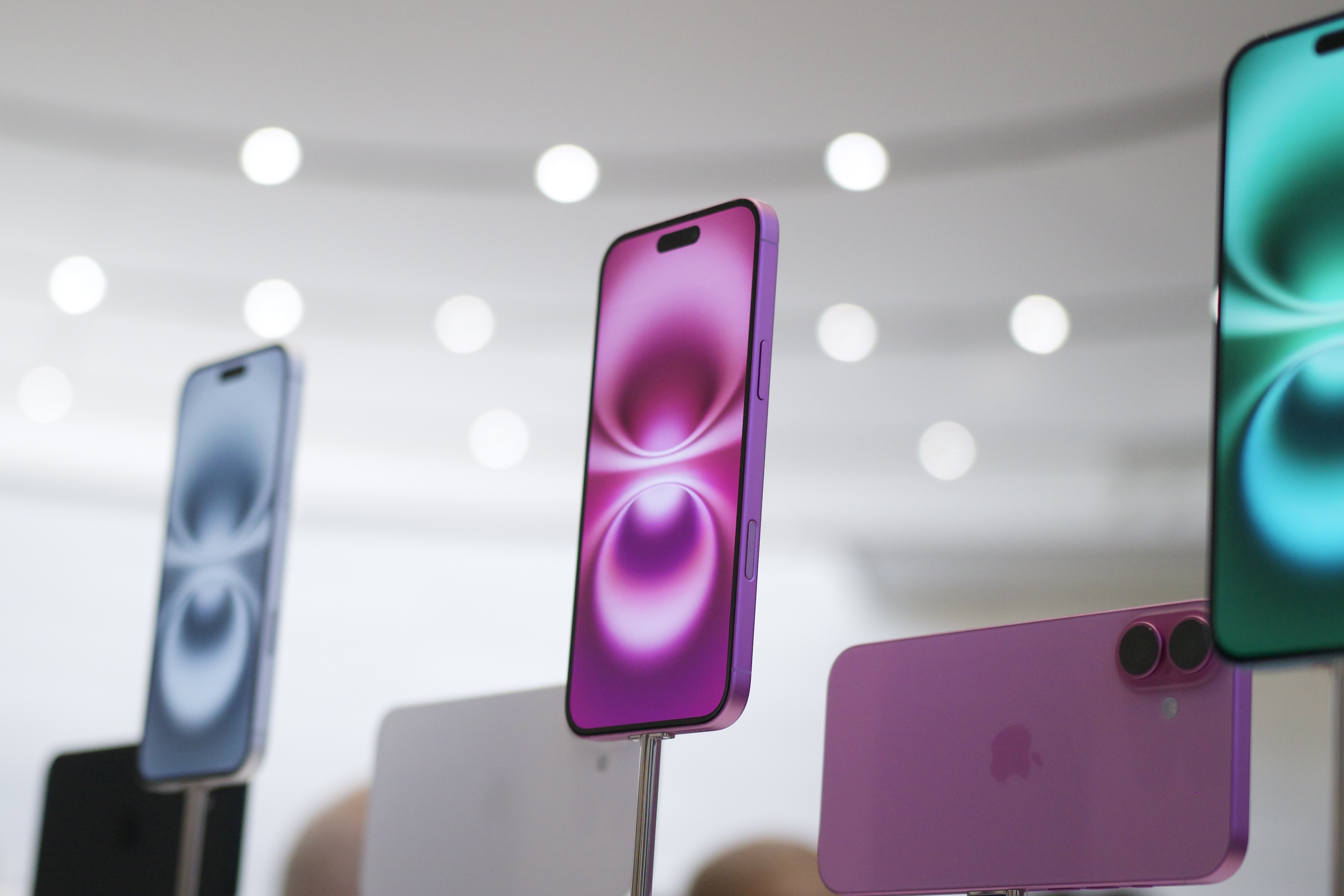We all want the latest iPhone models to come with fancy new features, inspired new designs, and the best camera you can get. While the iPhone 16 series looks good, big changes were unfortunately not on the agenda this year.
However, the complete lack of change in one important aspect of the iPhone 16 was very welcome indeed — and it gives Apple the edge against the competition this year. I’m talking about the price.
No price increase

The iPhone 16 starts at $799, the iPhone 16 Plus at $899, the iPhone 16 Pro at $999, and the iPhone 16 Pro Max at $1,199. This is exactly the same price as the equivalent iPhone 15 models, meaning there has been no price increase this year. The iPhone 14 and iPhone 14 Plus were also the same price as the iPhone 16 and 16 Plus, but the Pro models saw a $100 increase in in 2023.
Yes, they’re expensive, but so are all top smartphones. What’s important here is Apple did not feel the need to increase the price of its latest phones, going against some early rumors. Concerns that increased production costs and higher-priced components that are important for Apple Intelligence may have forced Apple to pass any additional costs on to us were unfounded.
This is good, but only part of why the iPhone 16’s price staying the same this year is interesting, as the decision also goes against its competitors, which have been busy raising prices this year instead of either keeping them the same, or even better, lowering them a bit. It puts Apple in the fascinating position of appearing to be good value in the market, while others struggle to justify price increases.
Big changes elsewhere

There have been several high-profile price increases in Android smartphones in 2024. Samsung raised the price of the Galaxy S24 Ultra by $100 to $1,299 compared to the $1,199 Galaxy S23 Ultra, giving it the dubious honor of being more expensive than the equivalent model in the iPhone range. The good news was that regular Galaxy S24 and Galaxy S24 Plus stayed the same price, which also matched the Galaxy S22 series.
Samsung wasn’t satisfied with bumping the S24 Ultra’s price, and made the same decision when the Galaxy Z Fold 6 and Galaxy Z Flip 6 came out. The Galaxy Z Fold 6 went up from the already very expensive $1,799 Galaxy Z Fold 5 to $1,899, and the $1,099 Galaxy Z Flip 6 managed to lose the Galaxy Z Flip 5’s appealing sub-$1,000 price. All are excellent smartphones, but all are more expensive than the previous year’s models, which were also excellent.

Google has been increasing its prices over the past few years, too. The Google Pixel 9 is $799, up from $699 for the Google Pixel 8, and $599 for the Pixel 7. The rest of the latest Pixel range is different compared to previous years so the model names don’t line up, but the old Pixel 8 Pro is closer to the Pixel 9 Pro XL than it is to the Pixel 9 Pro. A Pixel 9 Pro XL costs $1,099, $100 more than the $999 Pixel 8 Pro. Google wasn’t even generous enough to upgrade the 128GB of storage space.
Follow the trend

Apple didn’t feel the need to increase the price of the iPhone 16, just as it hasn’t for the last few years, while others have all upped the cost of various models in their ranges. It doesn’t matter why other prices have increased; it only matters that they have, and that makes Apple’s price consistency a big benefit. It’s easier to understand the range, it helps people quickly commit to an upgrade, and no one is forced to examine the spec sheet to see where the cost increase is reflected.
None of these phone makers want you getting a microscope out to study the spec sheets and instead want you to accept that all that useful AI that has been bundled in this year is expensive, and that means you’ll have to pay a bit more to “enjoy” it. Apple’s equally guilty of pushing AI, but it has made the very sensible decision not to charge extra for it visibly. It’s probably for the best, considering that Apple Intelligence features will not be available at launch, and not in all regions, either.

Whether you consider the iPhone 16’s other new features a worthy upgrade over the iPhone 15 or not doesn’t really matter. It’s charging the same price for the phone, so no math is required. It’s like last year, but a bit better, and for no extra money. While Google has brought the Pixel 9 in line with the $799 iPhone 16 and Galaxy S24’s price (A coincidence? Probably not), it’s only natural to wonder where your extra money is going, and it’s the same with the Z Fold 6 and the Galaxy S24 Ultra too.
Whether upgrading or buying outright, you’re always going to want to ensure you get the best value, and assessing that often starts with the price. When it’s higher than last year, all kinds of awkward questions the manufacturer won’t want to answer will be raised. None of us want to feel like we’re getting ripped off or paying more for gimmicky features that we’ll rarely use, and it’s only Apple that has neatly avoided that situation, by keeping its prices the same.




